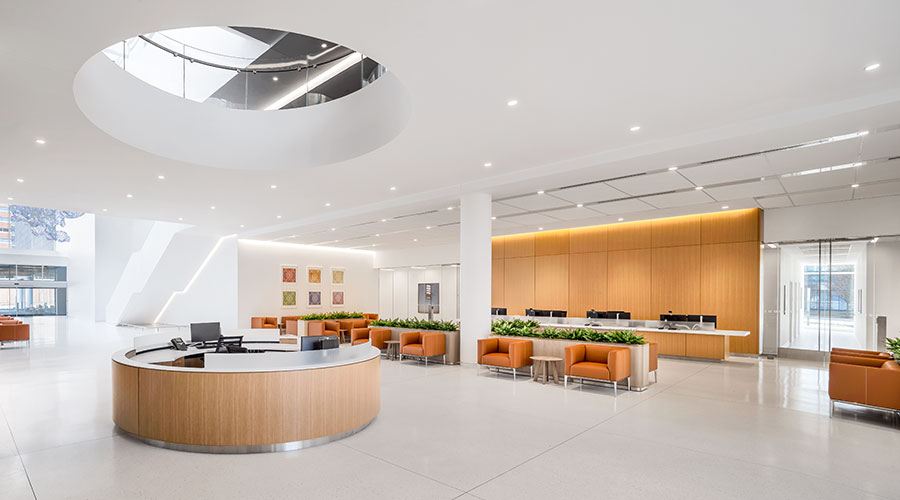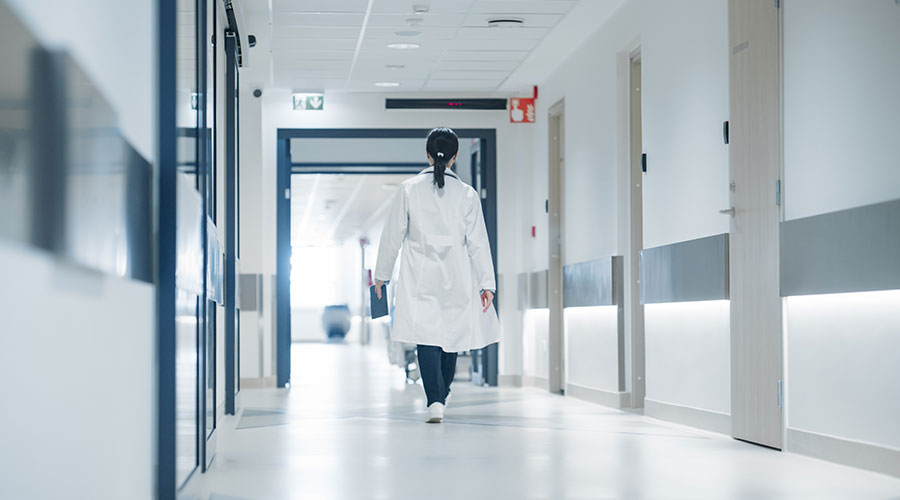As healthcare facilities professionals seek to boost overall efficiencies in operations while facing tight budgets, lighting is one area that can be tapped for definitive savings, thanks to new technologies such as LEDs.
Short for light emitting diodes, LEDs deliver longer life and operate with less heat than traditional lighting. They also provide greater design flexibility. With these factors in mind, a recent article in Health Facilities Management examines why LEDs are becoming an increasingly smart choice for use in healthcare settings.
As the article notes, healthcare facilities historically have posed challenges to lighting manufacturers and designers as many areas within these facilities depend on high-quality lighting for critical tasks, adequate light levels in patient rooms for comfort and healing, as well as safe ambient lighting for wayfinding and navigation. Simply put, lighting in today’s healthcare environment not only needs to be energy efficient; it also needs to be versatile.
In the past, according to the article, halogen lighting used to be a go-to workhorse in lighting specifications for healthcare facilities. Today, designers increasingly are specifying LEDs with higher color renditions and lower heat than halogen because they can deliver targeted light distribution while remaining cool. Their longevity also extends the maintenance cycle and saves money.
LEDs also are easily controllable and play nicely with building automation systems, the article notes. Consequently, this contributes to even more energy efficiency when used with the right fixture and combined with other techniques such as daylight harvesting.

 Should We Be Testing Toilet Water in Patient Restrooms?
Should We Be Testing Toilet Water in Patient Restrooms? Healthcare Union Petitions for Increased Staff Safety at HCA Florida Hospitals
Healthcare Union Petitions for Increased Staff Safety at HCA Florida Hospitals HGA Announces Completion of the Jeffrey and Patricia Cole Pavilion
HGA Announces Completion of the Jeffrey and Patricia Cole Pavilion Healthcare Facilities Look to Future-Proof Facilities
Healthcare Facilities Look to Future-Proof Facilities Yale New Haven Health Experiences Data Breach
Yale New Haven Health Experiences Data Breach